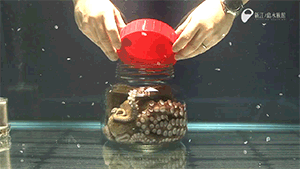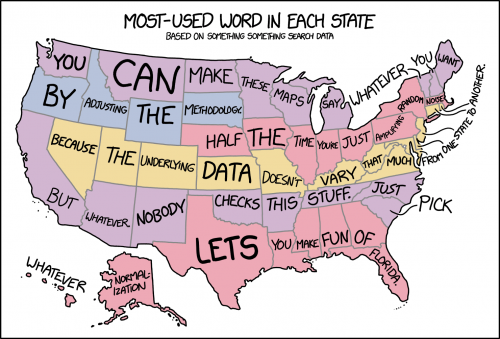Great moments in labor history I was unaware of: did you know the Skylab astronauts went on strike?
The first (and only) worker's strike in space didn't come out of the blue—William Pogue tried explaining the crew's issues to Houston. pic.twitter.com/X55jJFgLRo
— Taylor R. Genovese (@trgenovese) June 9, 2017
Then it turns out that NASA is a bad boss.
Hearing this, mission control, rather confused at these issues—and in typical neoliberal fashion—thought the crew must be lazy or depressed.
— Taylor R. Genovese (@trgenovese) June 9, 2017
More details here; the eventual outcome was that NASA never let any member of that mutinous crew fly into space again. (NASA isn’t alone, since Arianespace also has a messy labor history.)









